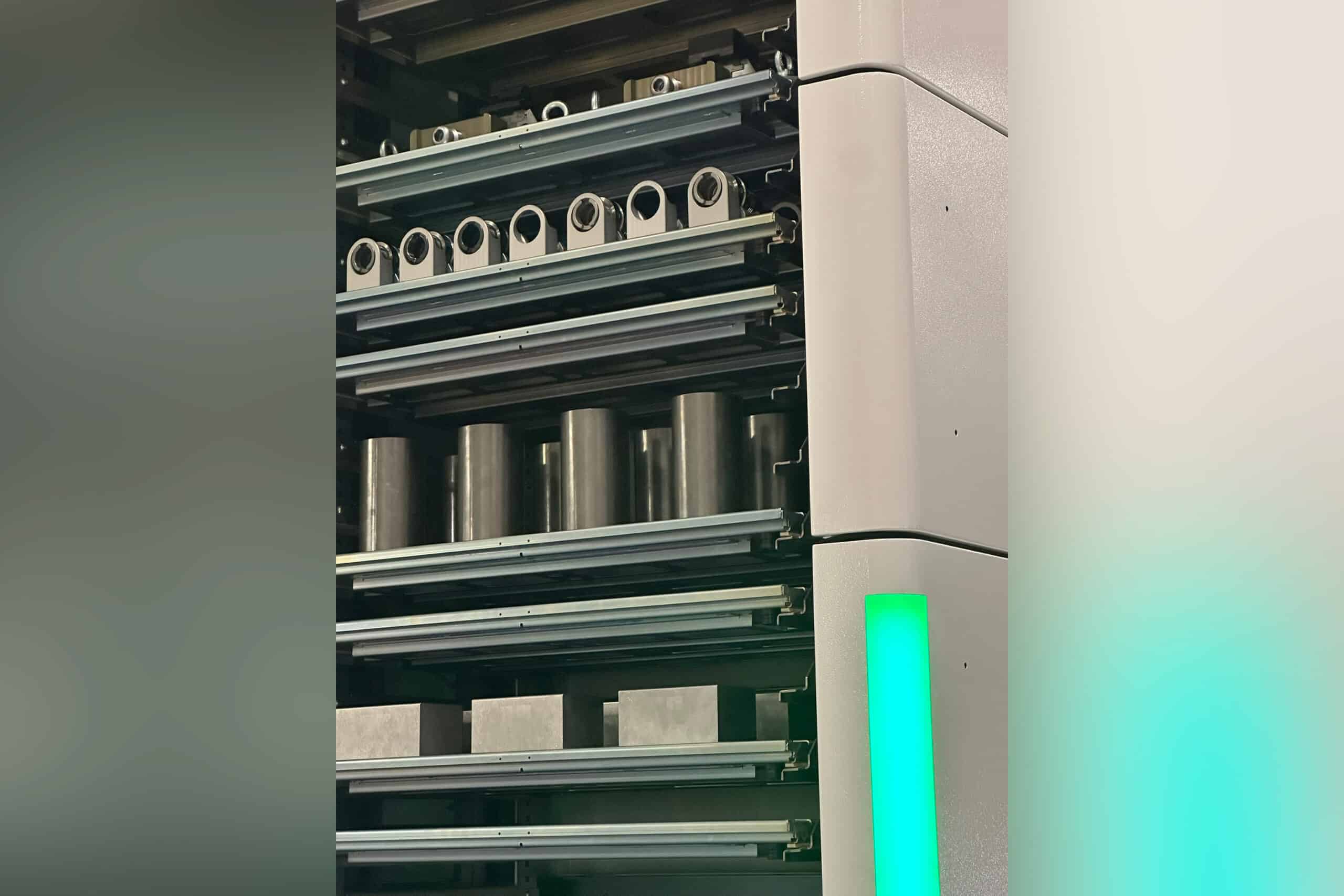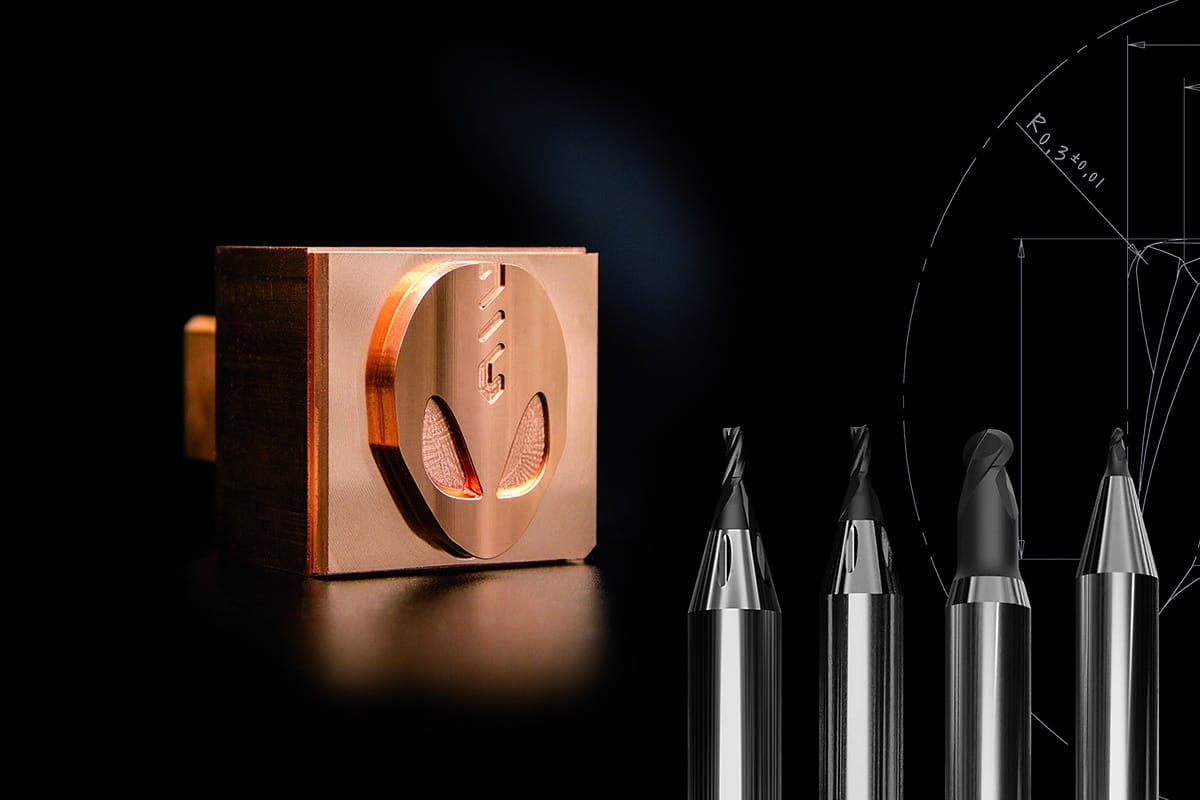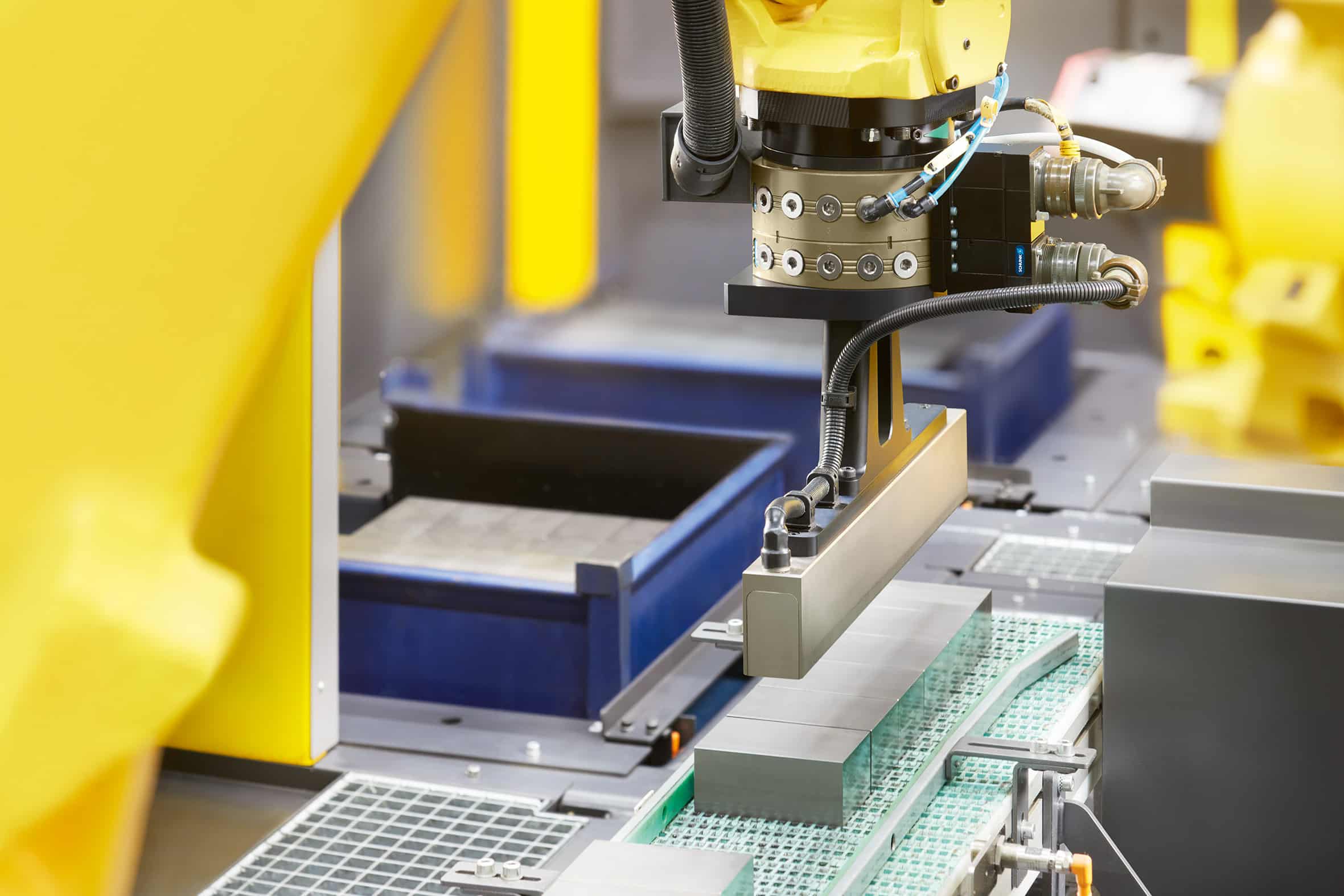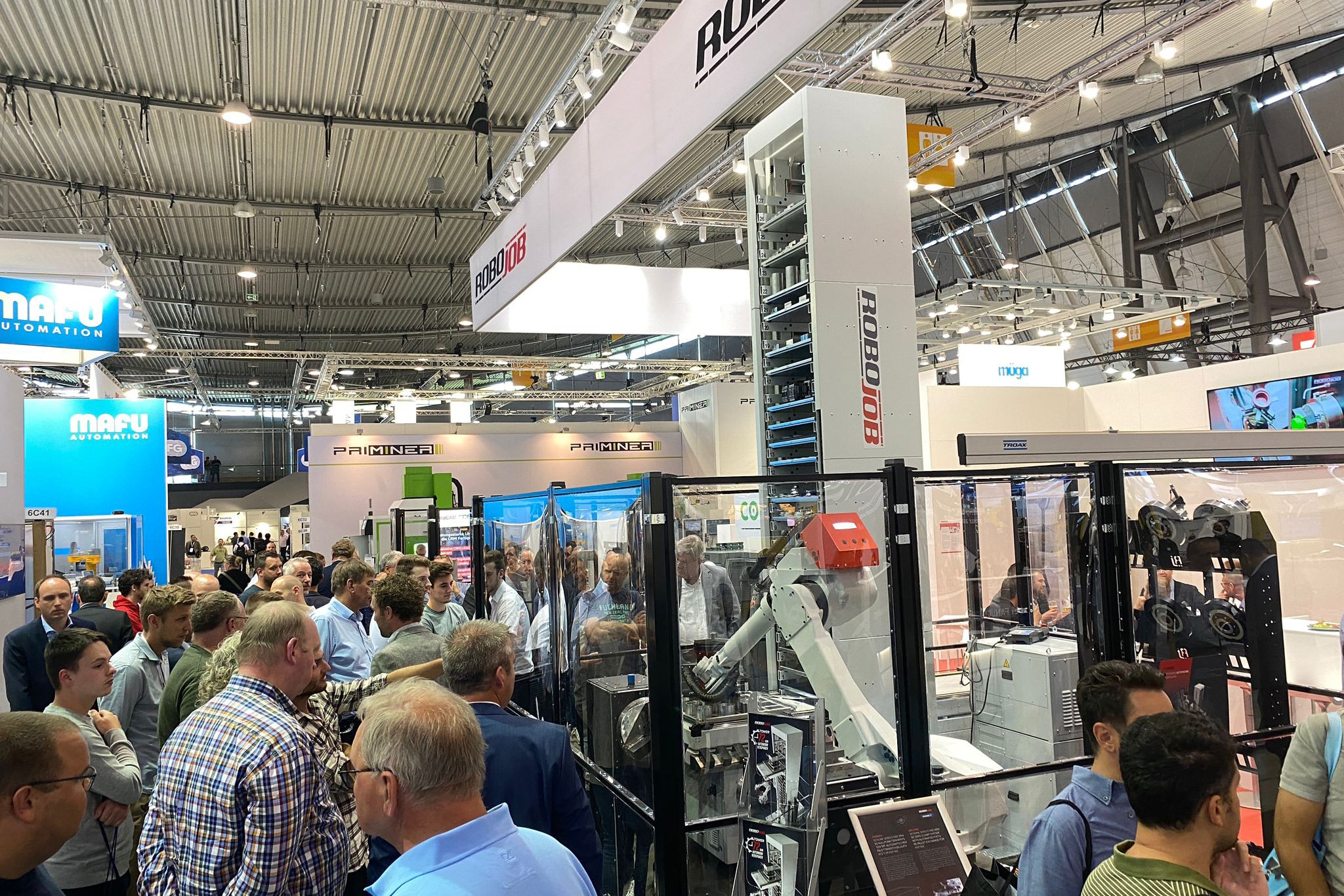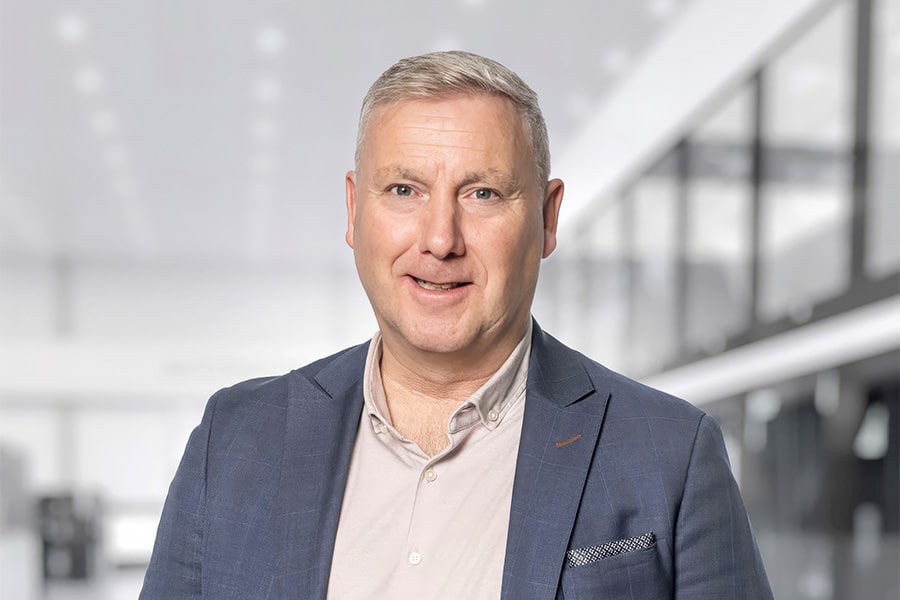
"Successful automation requires an excellent team"
It seems so simple: you purchase some CNC machines, tools and fixtures, install robots, feed and discharge systems and a warehouse of raw materials. Then you fill the oil and liquid tanks with the right products, and smart CAD/CAM software automatically sets spindle and turret speeds, feed rates and feed rates. Just a moment of roughing and the product is automatically unmanned. If only it were that simple.
Never mind that considerable progress has been made in production automation in recent years. For example, machines, operating systems and graphics capabilities have become more powerful, faster and user-friendly. But that doesn't mean that everything goes automatically now. If you want to achieve optimal results on all fronts, there is still some more to it. For example, brand and type of tool, fixtures, lubricants and coolants have a much greater influence on results than many people think. With different/better tools in combination with new generations of coolants, the machining quality, speed and tool life are significantly increased. Smarter clamping fluids also result in a larger machining range, which further increases machine efficiency.
Many companies are already far advanced with (partial) automation, but manless and unmanned production is certainly not happening everywhere yet. Because if you want to produce unmanned (autonomous) production at optimum efficiency, you not only need the right machines, but the logistics surrounding an automated system must also be absolutely perfect. For example, you will really need to be sure that all materials are ready, tools, robotic systems and machines are correctly set up and programmed before you press the start button. However, if the correct procedures have been followed, then you can feel free to put on your coat and go home afterwards.
The developments in the field of machining, measuring and monitoring are certainly not standing still. The boundaries of the possibilities are constantly being expanded and today, for example, we can monitor values in the machine and compare them with the CMM result in order to achieve even better dimensions. Another interesting development is the latest multi-tasking machines. These allow you to mill, turn, grind and even laserclad, allowing you to create integrated products and essentially replace three or four conventional and/or CNC machines. There is also adaptive measurement, which measures products during machining, while cameras provide continuous tool control that goes far beyond fracture detection. With artificial intelligence, software becomes smarter, allowing you to more easily have more complex shapes recognized and semi automated programming, which in turn makes machining better and faster on a multi-tasking machine.
To produce top quality, while we can arrange the machinery and everything around it, you must continue to train the people yourself to bring in and maintain the experience and knowledge in machining, logistics and planning to take full advantage of today's production capabilities. For fine-tuning machines, tools and coolants, skilled workers are still indispensable. So make sure that your people's knowledge remains up-to-date and that they have the right skills. In addition, make sure that they transfer their knowledge and experience to younger generations in a timely manner. Then the future of your company is assured.
The Pen - John Kooning – Director of DMG Mori Netherlands
